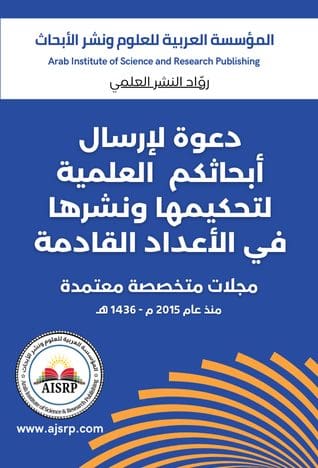Abstract:
In 2001, there were more than approximately 92% of United States households had at least one vehicle and 60% owned two or more vehicles (Shaheen et al., 2005). This usage of the automobile is a major impact of air pollution and noise in the urban cities of the U.S. (Katzev 2003). Urban communities face serious environmental, healthy, and transportation problems as the extreme growth of transit movement around streets. It contributes about 45% of the nitrogen oxides and 70% of the carbon monoxide in U.S urban cities (Katzev, 2003). In Portland, as another example, 35% of the total energy consumption in 2010 was generated by road transit and about 30% of CO 2 emissions (Baptista et al., 2014).
With the increasing of fuel costs and vehicle ownership, people are looking for alternatives to ownership of vehicle cars (Shaheen et al., 2006) that have positive impacts or no negative impacts at least. The main goal of car sharing systems is to provide an easy access for individuals to own a privet car without any responsibilities and costs of ownership. Consequently, it reduces the volume of traffics in urban cities, then reduce air pollution
Keywords:Carsharing, Urban Cities, Vehicles Ownership.
النتائج المترتبة عن نظام وسائل النقل المشتركة على الملكية في المدن الحضرية
الملخص
مع زيادة تكاليف الوقود وملكية المركبات، يبحث الناس عن بدائل لملكية السيارات (شاهين وآخرون، 2006) التي لها تأثيرات إيجابية أو لا توجد آثار سلبية على الأقل. الهدف الرئيسي من أنظمة السيارات المشتركة هو توفير وصول سهل للأفراد لامتلاك سيارة خاصة مؤقتة دون أي مسؤولية وتكاليف الملكية. وبالتالي، فإنه يقلل من حجم المركبات المتنقلة في المدن الحضرية، ثم بالتالي يقلل من تلوث الهواء
الكلمات المفتاحية: نظام السيارات المشتركة, المدن الحضرية, ملكية المركبات.
Author /
Sarah Mohammad Alhejji
Department of Geography || West Chester University of Pennsylvania || USA



